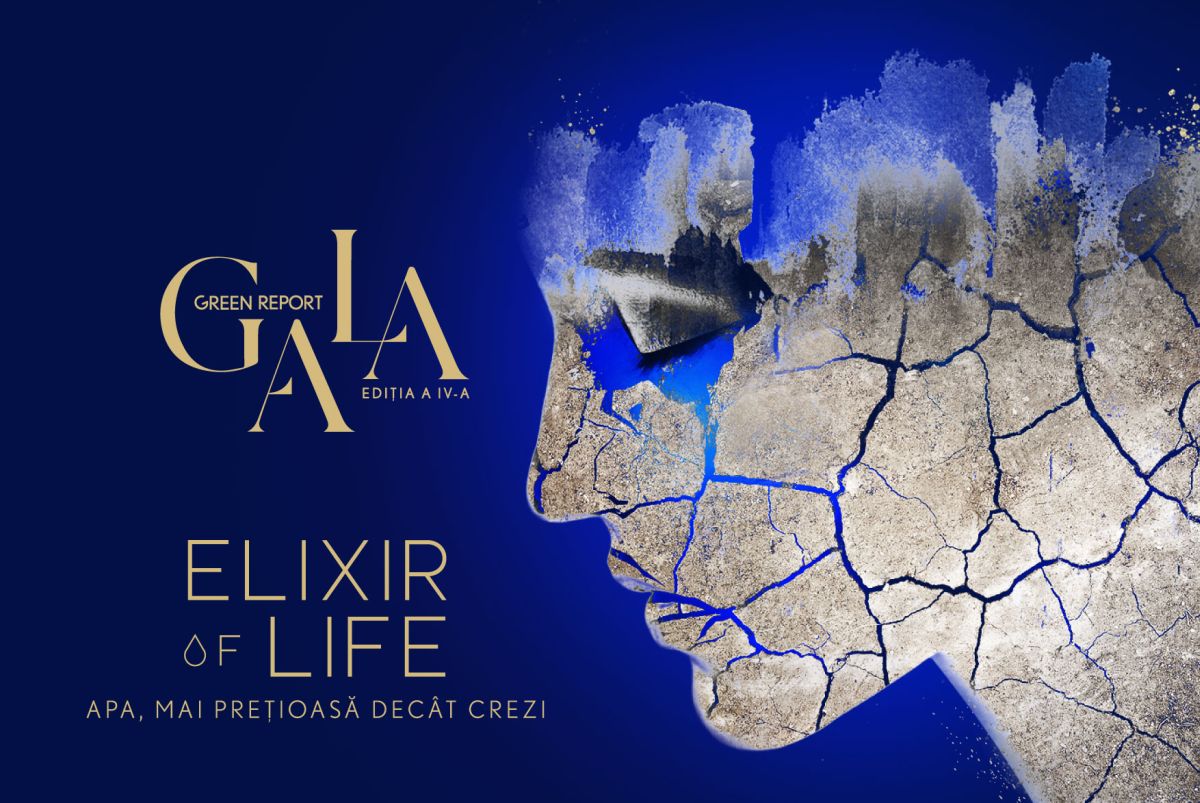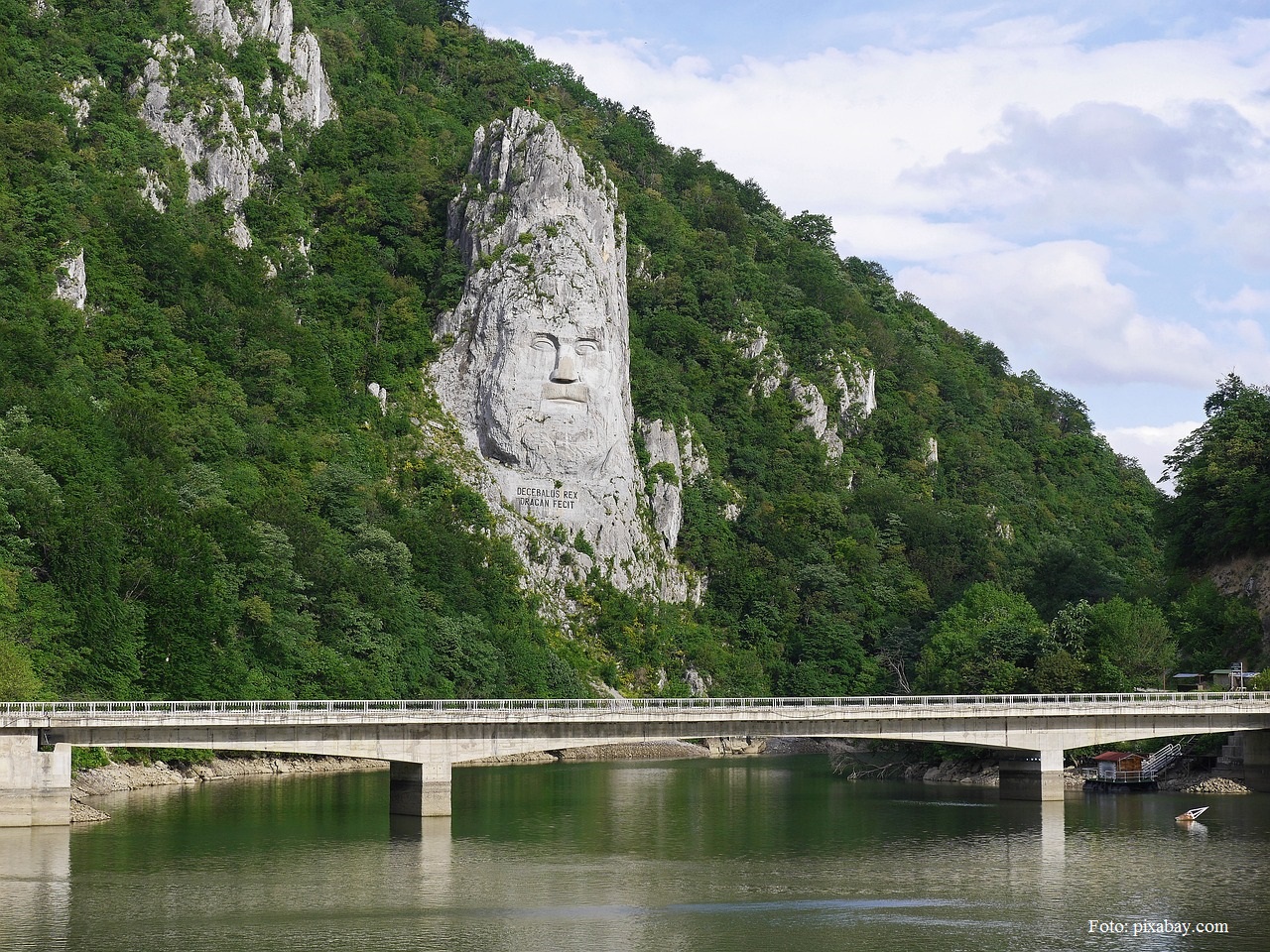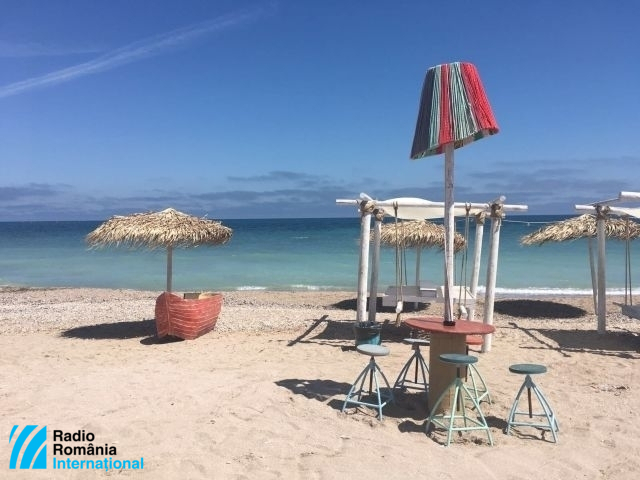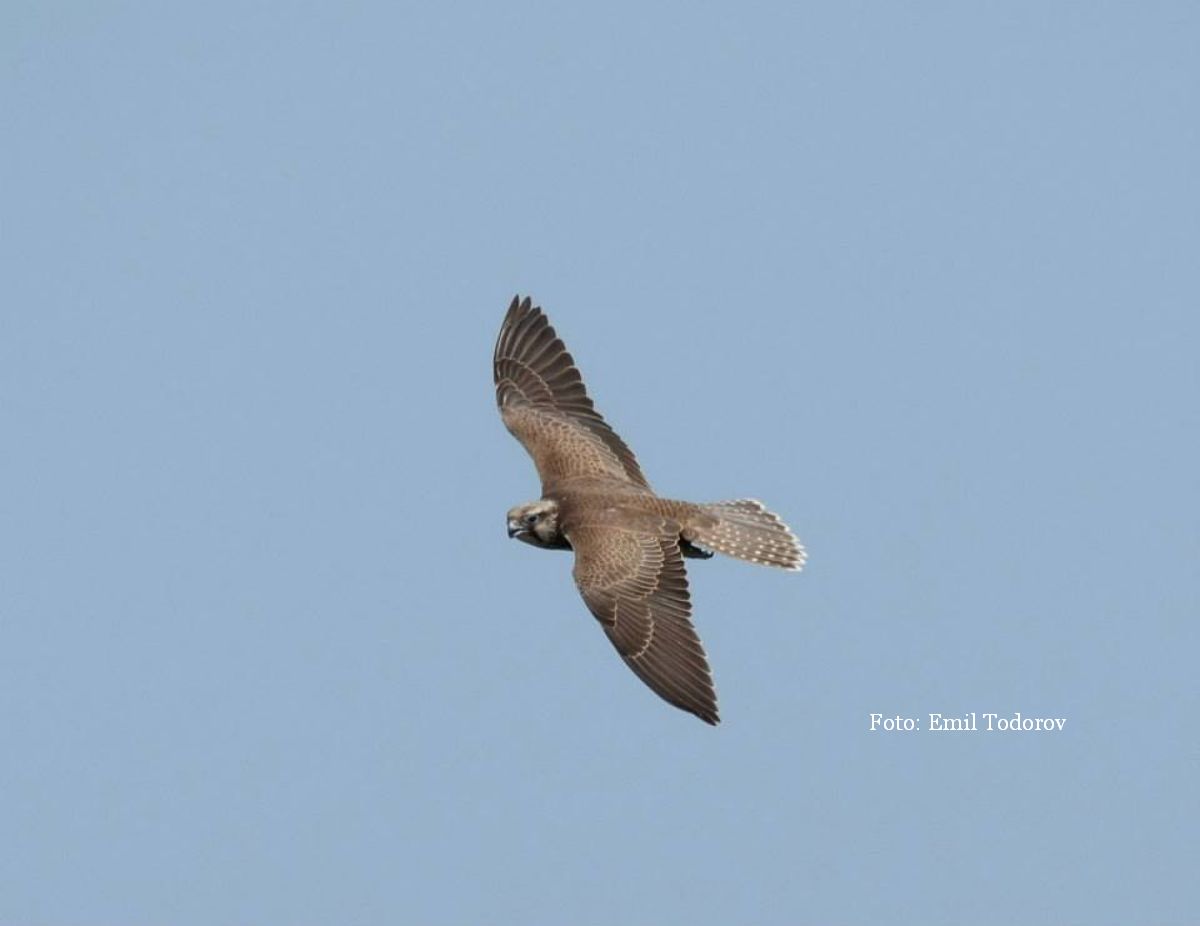Newcomers in Romanian Fauna
Romania boasts one of the richest faunas in Europe.
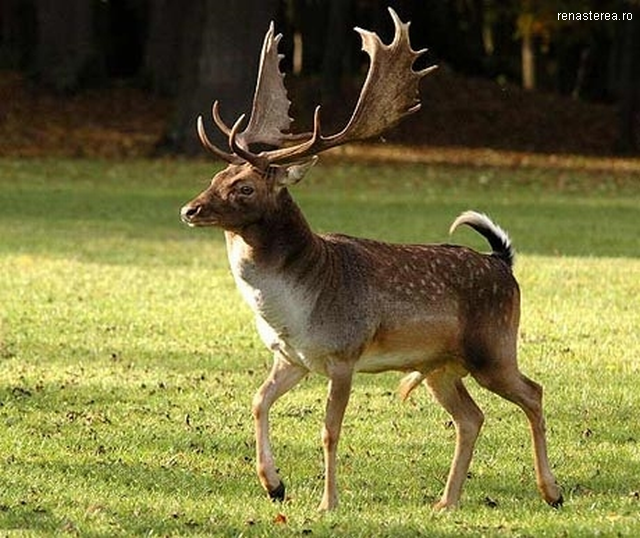
România Internațional, 26.12.2014, 17:51
Thanks to its special pedoclimatic conditions, Romania boasts one of the richest faunas in Europe. Besides the local species of big carnivores, in time, several other new animals have settled in these favorable natural ecosystems, they have adapted and have formed viable populations, thus enhancing biodiversity. These ‘immigrants’ have come either by accident, as a result of natural phenomena such as climate change, in search for food or have been introduced to the new environments for hunting purposes.
Known ever since antiquity for it tasty meat, the mouflon, an ancestor of the wild sheep, used to live all across the mountainous regions of the Mediterranean area. Today they live only in isolated spots in Corsica, Cyprus and Sardinia, as well as in some remotes part of Anatolia. In Romania, the mouflons have been introduced in southern Dobrodgea, south-eastern Romania, where the soil is rocky, forests have enough springs and the climate resembles the Mediterranean one. Ion Bogdan, the Director of the Constanta Forestry Directorate, told us more:
“The paddock in Negureni is part of an intensive game breeding farm, focusing in particular on breeding mouflons. Besides the mouflon they also breed roe deer and we intend to introduce fallow deer as well, starting this year. We have 65 mouflons, in a paddock covering an area of 270 hectares. Before 2004, when the paddock was extended, it covered only 1.5 hectares and hosted 15 mouflons, but their life there was not that good. So we had to extend the paddock and we also brought another 30 young animals from Austria, which, together with the existing ones, bred a healthy population of mouflons.”
The fallow deer is a well-built animal, strong and rather imposing. The deer’s mythological link with the sun is explained by the association between its long and branchy antlers with the rays of sun and the branches of a tree. These antlers renew themselves periodically, that is why the deer is also a symbol of regeneration and rejuvenation in nature. It is quite unusual for a Romanian traditional household, especially in the north of the country, not to have at least one deer head to guard that family’s welfare. They also say the fallow deer is the one that shows the way towards light. Here is Ovidiu Ionescu, a Vice-Dean with the Brasov Forestry Faculty, with more on this:
“The fallow deer, or Dama dama in Latin, is an imported species in Romania. Its history is quite interesting, and it has been appreciated for its beauty ever since antiquity. The Roman emperors spread the species all throughout the empire. It was brought to Romania a bit later, during the Austrian – Hungarian Empire, and the first populations were established in the west of the country. One major role in spreading the fallow deer in Romania was played by the Hunting Park in Şarlota, Banat, western Romania. That was the main source of colonization for the entire country, and in time some 40 populations were grown in Romania. During the communist regime, those populations were held in 27 counties, which had favorable conditions for them. The largest population was in Scornicesti, the birthplace of dictator Nicolae Ceausescu, where many presidential hunting parties were held. Appreciated for both its beauty and tasty meat, the fallow deer has been well integrated in Romania’s fauna and an added value to biodiversity”.
In western Romania, 44 km from the city of Timisoara, lies the oldest and largest hunting area in the country, established by the German settlers in 1771. It’s the hunting estate of Şarlota, in German Charlottenburg, which today covers 1,200 hectares of forest. A hunting chalet was built there in 1890, and subsequently, starting 1902, the surroundings and the forests started being turned into a hunting park, initially across an area of 18 hectares. The park was populated with fallow deer brought from Serbia, and then from Bohemia, Germany and Austria. The aristocrats would regularly go there to hunt and have fun. After the Great War, the forest and the park were seized by the state. The king of the Şarlota forests is the fallow deer, and the place boasts the largest population of hallow deer in the country. Forests here are highly appealing for hunters at home and abroad.
To celebrate 110 years since the setting up of the Sarlota hunting park, Romsilva, the National Forestry Authority, opened the Charlottenburg Hunting Museum, as a source of information on hunting and game in Banat region. Here is Andrei Kiss, a specialist with the Banat Museum in Timisoara with some details:
“Any nature sciences museum is meant to present collections and, within collections, peculiarities about nature and, if possible, about all that biodiversity entails. A number of bio-principles that exist in the world today regarding the knowledge and appreciation of this biodiversity can be found in such a museum.”
Currently Romsilva manages 11 hunting paddocks, established to breed species such as the shallow deer, boar, roe deer or mouflon.

